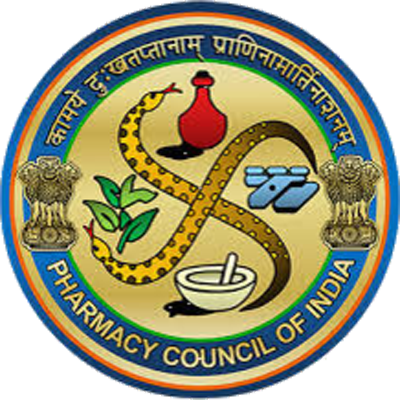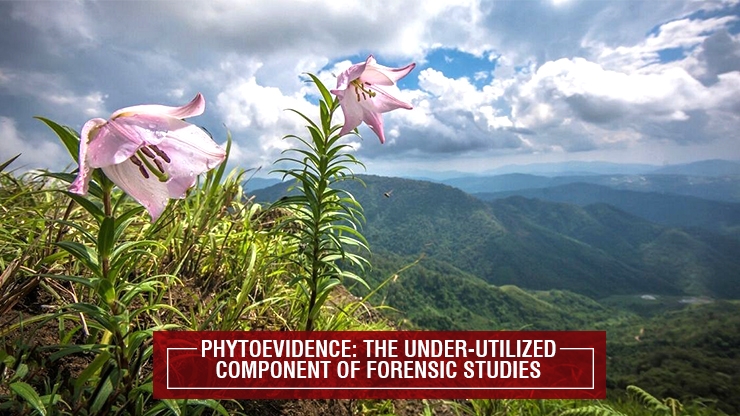Plants are our best buddies. Our journey from birth to bereavement is accompanied by them. Is it sounding mystical, metaphysical? Then let’s start a voyage into the curious and captivating world of plant science. In material life apart from food products, plants are part of our residence, furniture, transport, medicine, and leisure. Could you imagine a lazy winter afternoon, sitting inside a blooming phlox garden and playing the flute?
The vivacious colour and the delicate fragrance of the flower and serene music of flute bringing a divine tranquil inside mind of an urban tinker. Or a wonderful panorama of a rural meadow where the tuft of tender grasses is embracing a tired traveler, beckoning to take rest. These are the exquisite, ethereal part of life with our very own neighbouring floral community.
Now we will proceed towards the darker side of the story. Are you willing to know about the mysterious secret of our neighbours? The global tale of the barbarous, atrocious, and criminal interplay of phytochemicals and human punishments are the darkest chapters of ancient civilizations. Diverse plant poisons were administered for time immemorial in European countries to condemned prisoners. The well-known hemlock poisoning of the great philosopher Socrates or aconite poisoning of Alexander the great was the best example of these silent executioners. Conium maculatum and Aconitum napellus were the herbaceous plants that produce the above-mentioned poisons. In the Indian history of plant poison, the common names include Datura stramonium, Plambago Rosea, Luffa aegyptiaca, Lathyrus sativus. In pre-British India, Phyto-poisoning was an integral part of different regime’s political, social, ideological, and forensic processes. Though phyto-evidence was an old and consistent segment of the human crime and justice system, the recognition of the role of this bio-kingdom in forensic science is a somewhat new one.

The plant-based testimony in criminal trials got attention with the transformation of orthodox botany into phylogenetic, molecular science. The old integration of plant morphology and anatomy was strengthened with DNA barcoding, OMIC-studies, toxicology. The Hauptmann’s conviction case (1935) was the most intriguing case to prove the efficacy of plant-based evidence in the legal system. The testimony of famous Dr. Kohler, a wood anatomy expert in Hauptmann’s trial was so convincing that led to the addition of Phyto-forensic study in criminal investigations.

The recovery of plant parts from the primary and secondary crime scenes could appear as effective evidence in solving complex cases. The critical detection and analysis of diverse plant material from crime spots could differentiate between homicide and suicide. The thorough scrutiny of the victim’s body reveals the presence of different plant parts that may reveal the exact location of the suspect, the confirmation of the site of the crime, time of the murder. Analysis of the components of stomach, intestinal, faecal matter, or other fluids could determine the timing of the crime as well could assess the alibi made up by the innocent suspects.

The proponents of plant forensic science emphasize that the abundance of macroscopic or microscopic remains of plant parts could be easily preserved than decaying evidence collected from humans or animals. The presence of rigid and resistant pectin, cellulose and hemicellulose in the cell wall of plants protect their organ from decaying giving additional support. The morpho-anatomical examination of pieces of wood, seed, pollen, flower, twig, bud, algae, fruits, trichome, nectar, spore, resin, gum, plant hair, and toxins could provide idea about the location of the crime, murderer’s details, or nefarious tampering of evidence.

The hiding of a human body in a secret grave could also be detected by the study of plant succession. The disturbed soil changes the vegetation cover of the dug area by regrowth of new plants. The plant community shows significant changes in the crime location. The aquatic algal or diatom tribes may act as good evidence as crime scene tools. The algae could be recovered from a drowned victim’s lungs and could confirm the place of death and time and suspects.

Recently the addition of plant DNA fingerprinting with plant and plant, fungal barcoding is getting more prominence and acceptance in the forensic study. The DNA barcoding and bioinformatics may be assembled to get very precise results in forensic studies. The mitochondrial, plastid, and ribosomal DNA contains many conserved regions, quite suitable for the development of universal barcode primers. The Whole Genome Sequencing (WGS) and Exome sequencing were the two recent approaches showing enormous potential in forensic.

The Black Widow Case (1990), Murder of Connecticut Boys (1991), Palo Verde Murder trial involving Mark Bogan were very significant cases where photoproducts played important role in solving cases. The study of palynology, limnology, anatomy, taxonomy, biochemistry, aroma-technology, Phyto-toxicology, pollen biology, seed science, molecular biology, and bioinformatics in aggregation could aid forensic investigation to a new horizon. Our voyage has come to an end, now I request the readers to discover the curious and mystical world of plant science.
Reference:
Text Reference:
1. 15 winter flower for Indian gardens: https://www.ugaoo.com/knowledge-center/winter-flowering-plants/
2. The history of plant poison: https://www.cambridge.org/core/books/toxic-histories/social-life-of-poisons/65D29AFAD2C07CBAE4327314CA0005AE/core-reader
3. Real Crime: https://www.aetv.com/real-crime/forensic-botany-botanist-plant-crime-investigating
Photo Courtesy:
2. https://naturebring.com/wp-content/uploads/2018/03/Poisonous-Plants-for-wall.jpg
6. https://i.dailymail.co.uk/1s/2020/09/03/17/32744400-8694827-image-a-29_1599150323838.jpg













 6 Sep 2021
6 Sep 2021



